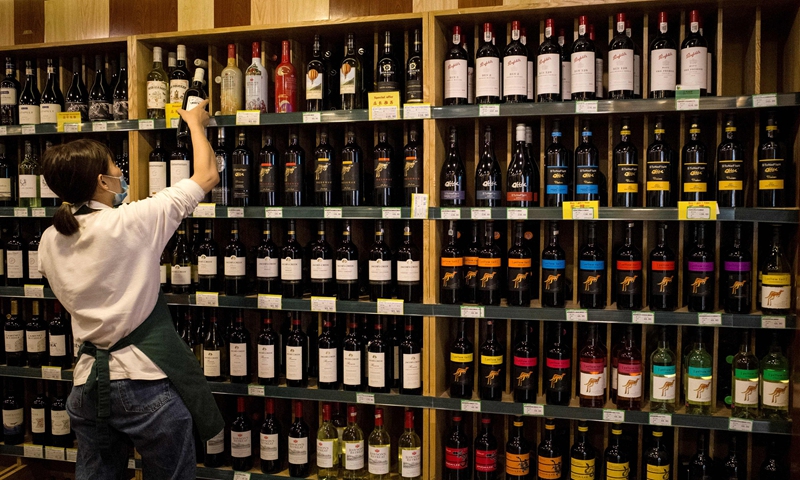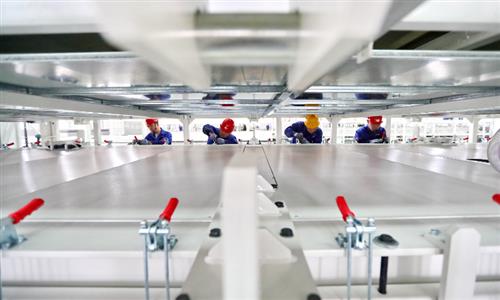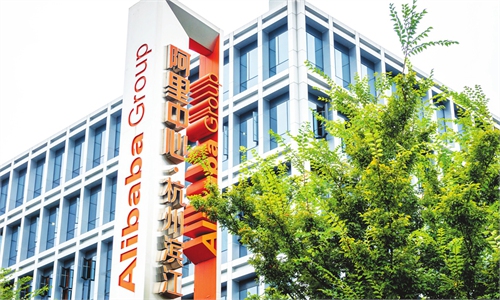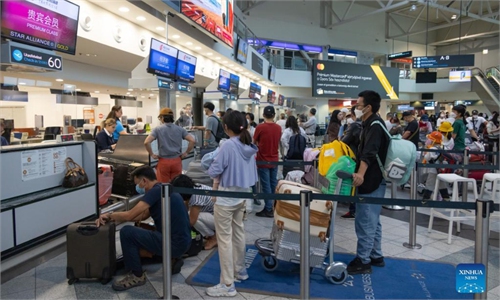South Australia governor’s visit to China sends positive sign amid stepped-up local cooperation

Bottles of Australian wine on the shelf of a supermarket in Beijing on August 18, 2020. On the same day, China's Ministry of Commerce announced the probe into Australian wines sold in containers of two liters or less. Photo: VCG
Governor of South Australia Frances Adamson's visit to China is another positive sign for continuously advancing bilateral ties with more cooperation potential to be explored at the local level following China's move to lift anti-dumping and anti-subsidy tariffs on Australian wine in March, observers said on Tuesday.
Adamson on Monday met with Zhou Naixiang, governor of East China's Shandong Province, with a focus on deepening pragmatic cooperation in core sectors such as people-to-people exchanges and technological innovation, according to the official website provincial government on Tuesday.
During the meeting, Zhou expressed his hope for the two sides to expand cooperation in culture and tourism as well as science and technology innovation, while cultivating new growth points including modern agriculture, green energy, healthcare and electronic information technology, to achieve a higher-level win-win situation and mutual development.
Adamson noted that she will actively promote bilateral cooperation in fields such as renewable energy, agriculture and education to realize more fruitful achievements while elevating the sister-state relationship to a new level.
South Australia and Shandong established a sister-state relationship in 1986.
Adamson's visit is a positive move amid improving China-Australia relations, especially as she represents a relatively higher level of the state, Chen Hong, director of the Australian Studies Center of East China Normal University, told the Global Times on Tuesday.
Zhou Fangyin, a professor at the Guangdong Research Institute for International Strategies, said that Adamson's visit also demonstrates that the pragmatic cooperation between China and Australia has been further implemented and incorporated at the local level.
In addition to cooperation potential, Chen said that the removal of tariffs on Australian wine will play a vital role in boosting trade between China and South Australia, which is one of the major and best sources of Australian wine. He also stressed the trade potential for aquatic products from South Australia.
Adamson is reportedly the first Australian official to visit China since China lifted the tariffs amid major efforts to rebuild the lucrative market, according to local news outlet The Advertiser.
During a meeting with Chinese Ambassador to Australia Xiao Qian on April 9, Adamson noted that the return of Australian red wine to the China market has benefitted South Australia. She said that she expected her visits to destinations such as Shandong and South China's Guangdong Province would strengthen communication and cooperation in areas such as green minerals.
Xiao noted that local cooperation is the main force of practical cooperation in various fields between China and Australia. Xiao said hehoped that South Australia will consolidate the traditional cooperation with China in agriculture, tourism and education, and continue to explore new frontiers of cooperation in fields such as new energy, science and technology, and healthcare.
As for Adamson's visit to Guangdong, Chen noted that strengthening cooperation with Guangdong, which was an early frontier for China's opening-up, would also be conducive for enhancing cooperation in key industries like the maritime economy.
China's Ministry of Commerce announced on March 28 plans to lift anti-dumping and anti-subsidy tariffs levied on Australian wine, which took effect on March 29, with Australian companies and business representatives welcoming the decision and aiming to further expand sales and marketing resources in the China market.
Australia attaches great importance to China as a major export market for red wine, while both sides hope to stabilize trade and economic cooperation without being disrupted by political factors, Zhou told the Global Times on Tuesday.



